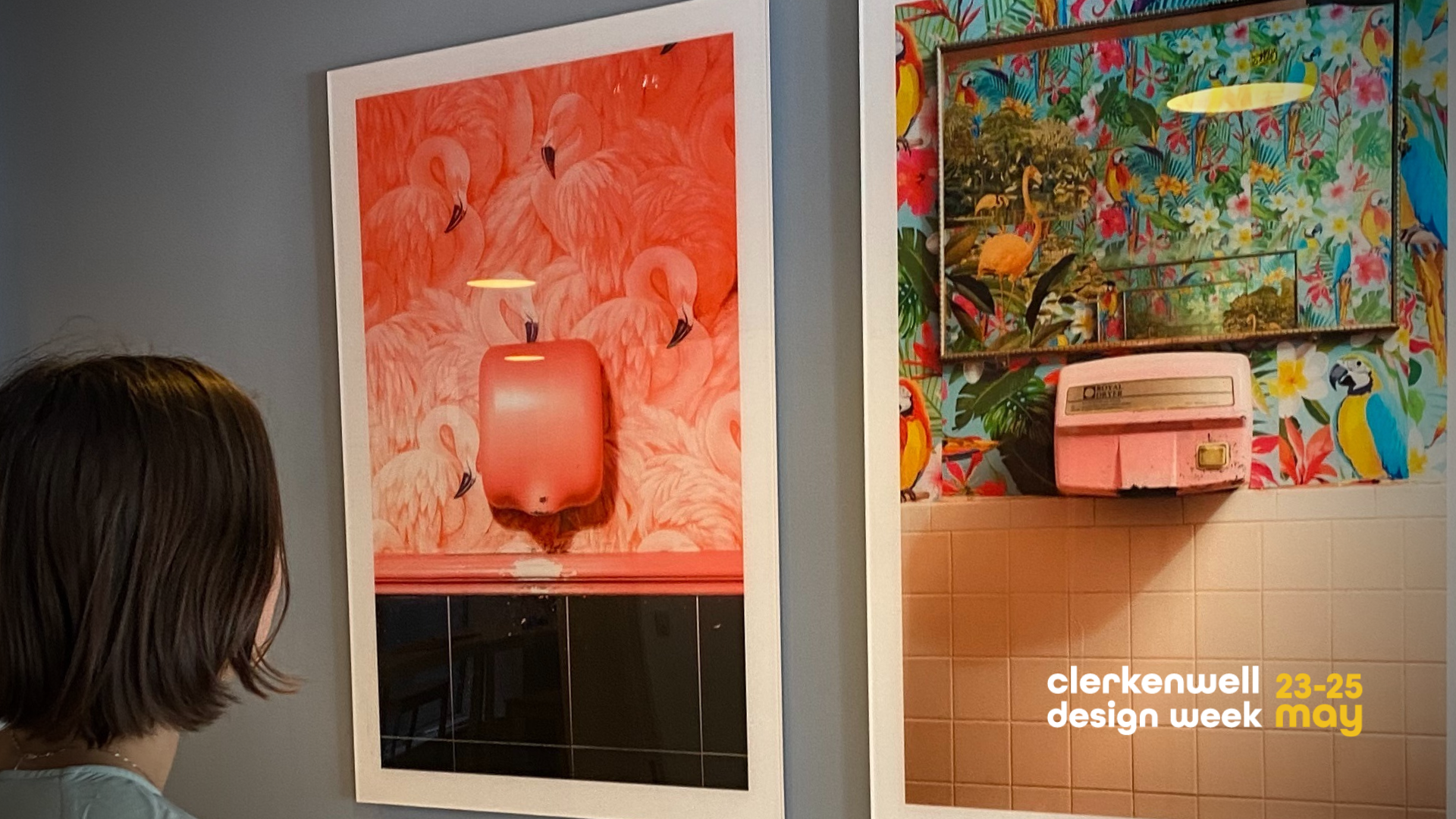Creating magic between art and science: designing the conditions for creative success
As part of Clerkenwell Design Week, Aspire partnered with DegreeArt and displayed art by Samuel Ryde and Sophie Derrick.
Drawing inspiration from Clerkenwell Design Week, David Miller, CCO at Aspire, looks at how the dynamic interplay between two seemingly divergent disciplines plays a critical role in innovation.
Some of the great product innovations of our times emerged in a tussle between engineers and scientists on the one hand, designers and marketers on the other.
Today’s most pioneering companies are building products and services that elevate technology from mere utility, to make tools that are intuitive and inspiring.
As biochemist and science fiction writer, Isaac Asimov, observed, "There is an art to science, and science in art; the two are not enemies, but different aspects of the whole."
The objective versus the subjective. The rational versus the emotional. Artistic and scientific processes can often appear to be in conflict with one another, but harnessing the best of both is a recipe for magic.
A balancing act
Designing an environment that’s conducive to creativity and invention within a large organisation isn’t easy. At Aspire, we think a lot about how businesses can design the optimum conditions to support product leaders and teams as they develop and experiment with new ideas.
We often meet product teams who’ve found themselves out on the margins, their work at odds with the cultural norms of the business, governance structures, reporting frameworks, and a prevailing mindset of protecting the status quo.
And it’s not just a dearth of creative freedom that inhibits successful new product development. At least as often, it’s the failure of leaders to be objective in their assessments of legacy projects and new ideas.
When the wrong ideas consume resources and attention, it is likely down to a failure to subject them to the right experiments; making the decision to ‘kill’ an idea can be hard when teams become too attached.
So what does this mean for a big, established company striving to break with its own conventions in pursuit of the next big thing?
How do product leaders create the space within which teams can thrive and where the right ideas flourish?
The lesson we see playing out again and again is that the conditions necessary for growth lie in the healthy balance between artistic freedom and scientific rigour.
Designing for success
When we hosted a gathering of product leaders and founders here at Aspire HQ to celebrate Clerkenwell Design Week, we asked all our guests to reflect on whether they represented more of the artist or the scientist in their day-to-day work; what does it mean to find the right balance? Here’s a taste of what we heard back.
“I've come to appreciate the importance of balance in my work. A healthy equilibrium between different aspects, be it work and play, focus and collaboration, or the aesthetic and scientific, keeps me motivated and driven. Companies that actively listen to their teams and provide them with proactive work environments are the ones that thrive and create remarkable products. It's through this balance that they justify business decisions proactively rather than retroactively.”
Matt Callaghan, Development Engineer at Brompton Bikes
“Balance, for me, is not about rigidly adhering to a perfect equilibrium between the artist and scientist, but rather about strategically choosing where each shines the brightest. To create a well-balanced culture, companies must embrace a culture of questioning the established norms and foster an environment that encourages trial and error for innovative evolution.”
Anne Bundt, Account Manager at Super Awesome
“I firmly believe that creativity is a powerful tool for problem-solving in all aspects of life. It's the harmonious blend of the artist and scientist within us that allows us to bring forth the most impactful solutions. Balance, in its essence, signifies peace and the willingness to challenge our own beliefs, biases, and ideas. By embracing diversity and inclusion, big companies can create fertile environments where product teams thrive, ensuring their creations resonate with the diverse world we live in.”
Marina Amigo, Brand Marketing Manager at Google UK




